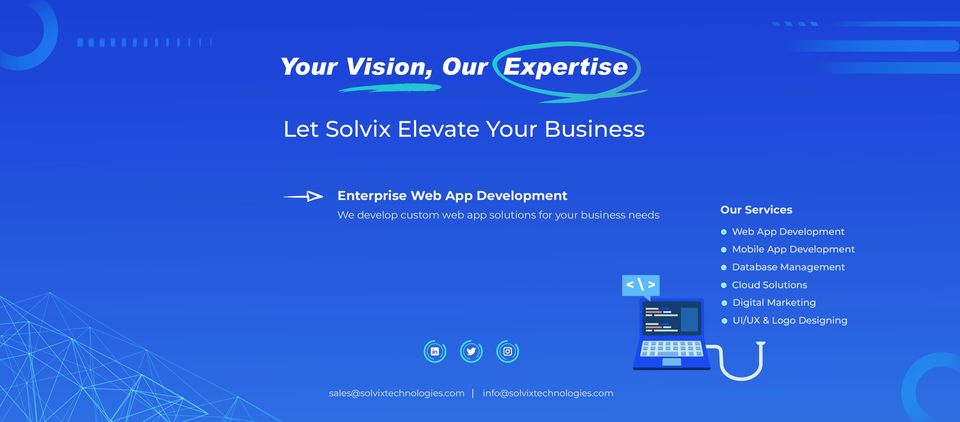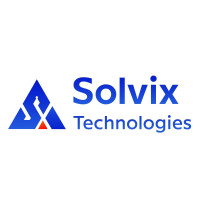How the Agile Development Model Revolutionizes Modern Project Execution

Strong 8k brings an ultra-HD IPTV experience to your living room and your pocket.
Traditional software development approaches often struggle to keep up with rapidly changing requirements. This is where the Agile development model shines, offering flexibility, adaptability, and enhanced collaboration to ensure the delivery of high-quality products.
The Evolution of Agile
The Agile methodology emerged as a response to rigid, sequential models like Waterfall, which often failed to adapt to evolving client needs. Introduced through the Agile Manifesto in 2001, this model prioritizes customer satisfaction, continuous feedback, and iterative progress over rigid documentation and processes.
Core Principles of Agile
At its heart, the Agile development process focuses on delivering small, functional increments of a project rather than a single, large deliverable. Key principles include:
Customer Collaboration: Regular interaction with clients ensures alignment with their expectations.
Responding to Change: Agile embraces change even in late stages of development, allowing flexibility to pivot.
Frequent Deliveries: Delivering working solutions in sprints ensures continuous progress.
This model isn’t just a methodology; it’s a mindset that encourages adaptability and teamwork.
How the Agile Development Model Works
Agile is structured around short cycles called sprints, typically lasting two to four weeks. Each sprint involves:
Planning: Teams define objectives and prioritize tasks based on user stories.
Execution: Developers work collaboratively to build features, focusing on quality and functionality.
Review: Completed tasks are presented to stakeholders for feedback.
Retrospective: The team discusses successes and areas for improvement, refining their approach for the next sprint.
This iterative approach ensures that projects remain aligned with goals, timelines, and stakeholder expectations.
Benefits of the Agile Development Process
The Agile development process offers numerous advantages that make it a preferred choice for modern businesses:
Faster Time-to-Market: Agile reduces the time required to deliver functional products, ensuring businesses can respond swiftly to market demands.
Enhanced Collaboration: By fostering open communication between developers, testers, and stakeholders, Agile builds trust and minimizes misunderstandings.
Risk Mitigation: Continuous feedback allows teams to identify and address potential issues early, preventing costly rework.
Customer-Centric Approach: Agile ensures that customer feedback is integrated at every stage, resulting in products that better meet user needs.
Real-World Applications of Agile
Agile is widely used across industries, from software development to marketing. Tech giants like Google, Amazon, and Spotify have adopted Agile to maintain their competitive edge. Even non-technical fields such as education and healthcare are leveraging Agile principles to enhance efficiency and adaptability.
For example, in software projects, Agile facilitates the seamless integration of new features without disrupting existing workflows. In marketing, it enables quick adjustments to campaigns based on real-time data, ensuring optimal performance.
Challenges in Agile Implementation
While Agile offers numerous benefits, it’s not without challenges. Common hurdles include:
Cultural Resistance: Teams accustomed to traditional models may struggle to adopt Agile principles.
Skill Gaps: Effective Agile implementation requires skilled facilitators and team members with experience in iterative processes.
Scope Creep: The flexibility to accommodate changes can sometimes lead to unmanageable project expansions.
Overcoming these challenges requires strong leadership, proper training, and a clear understanding of Agile’s principles.
Agile Tools and Technologies
To streamline the Agile development process, various tools are available. Popular ones include:
JIRA: A project management tool designed for Agile workflows.
Trello: Ideal for small teams, Trello uses Kanban boards to manage tasks visually.
Slack: Facilitates real-time communication among team members.
Scrum Boards: These provide a visual representation of task progress during sprints.
Using the right tools ensures better collaboration and improved project management.
Future of Agile Development
As technology evolves, the Agile development model continues to adapt. Emerging trends like Artificial Intelligence (AI), Machine Learning (ML), and DevOps are further enhancing Agile practices. For instance, AI-driven analytics help teams predict project outcomes, while DevOps practices integrate development and operations for smoother workflows.
In an era defined by uncertainty and rapid change, the Agile development model offers a proven framework for success. By prioritizing collaboration, adaptability, and customer satisfaction, Agile empowers businesses to deliver high-quality solutions quickly and efficiently.
Note: IndiBlogHub features both user-submitted and editorial content. We do not verify third-party contributions. Read our Disclaimer and Privacy Policyfor details.


